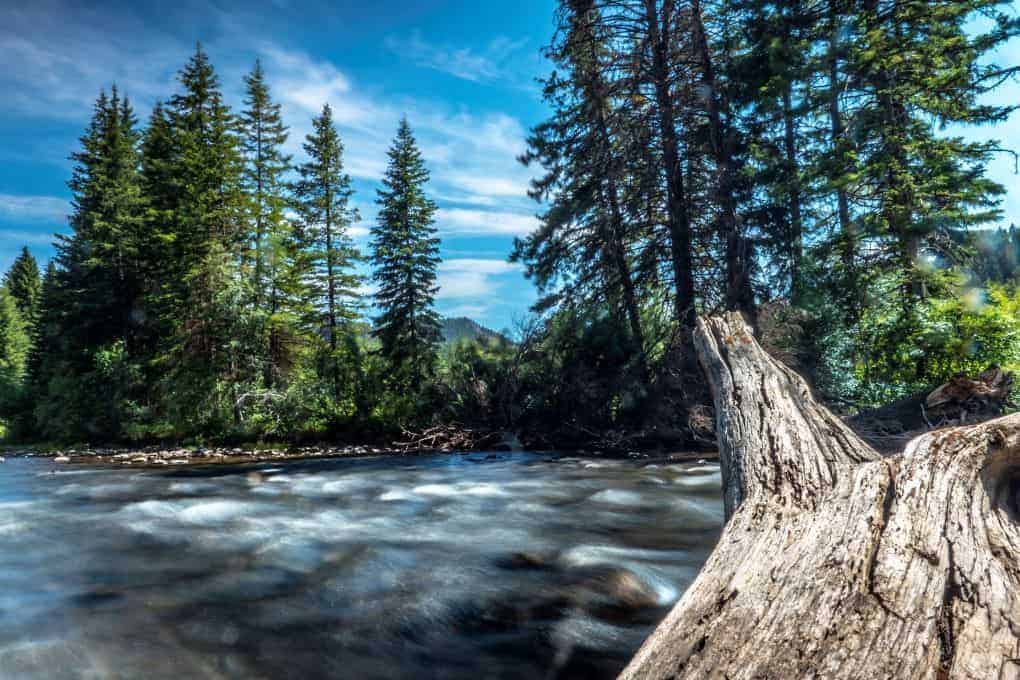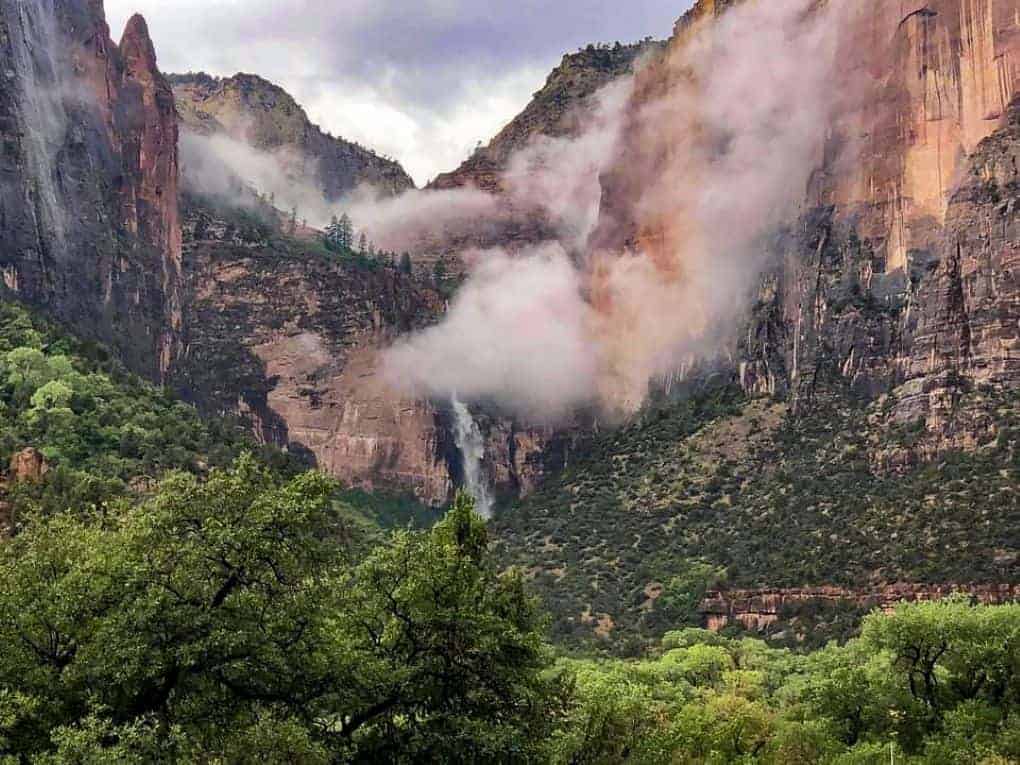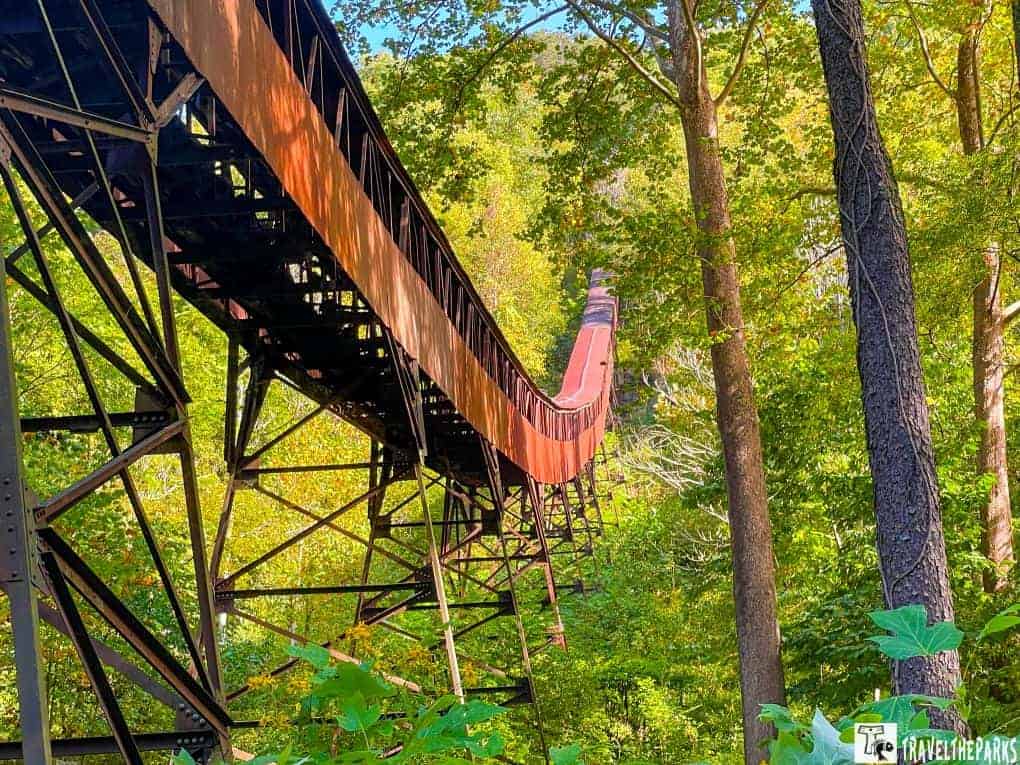The waters of the Madison River are legendary for fly-fishing for trout. Formed by the intersection of the Gibbon and Firehole Rivers, the river originates in Yellowstone National Park. The river meanders 180 miles through low mountain valleys, where it eventually meets the Missouri River. Since the river originates on high mountain plateaus, you would think the river would be fast and cold. However, thermal activity next to the shores of the water warms many sections of the river. The waters of the river are nutrient rich, providing an ideal habitat for rainbow, brown, brook, and cutthroat trout. The upper reaches of the river are ideal for dry fly patterns. It provides ample opportunities for dry fly-fishing for those wading the river. You can easily wade the river in many sections of Yellowstone National Park.
This post may contain affiliate links, meaning if you purchase something through one of these links, we may earn a small commission at no extra cost to you! Read the full disclosure policy here.,
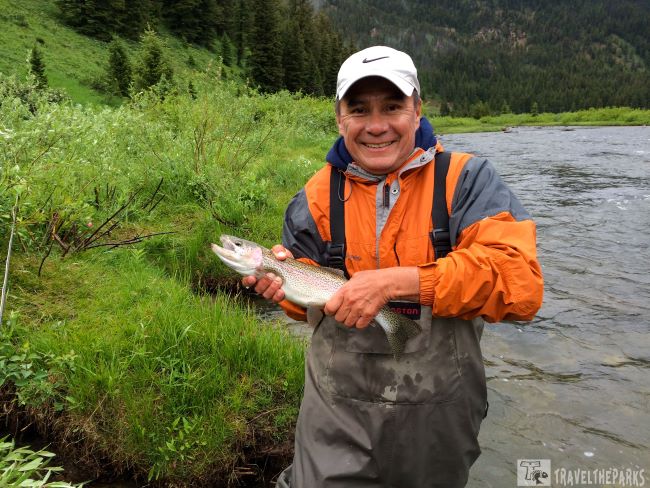
Fly fishing the Madison River in Yellowstone National Park can be a great experience for anglers of all skill levels. The Madison River is known for its excellent trout fishing and beautiful scenery, making it a popular destination for fly anglers from around the world.
Table of Contents
When is the Best Time for Fishing the Madison River?
One of the best times to fish the Madison River is during the summer months, when the water levels are typically lower and the fish are more active. The river is also less crowded during this time, which can make for a more peaceful fishing experience. We chose the early spring to avoid the crowds and take advantage of the cooler weather.
When planning a fly fishing trip to the Madison River in Yellowstone National Park, it is important to check the park regulations and obtain any necessary permits. There may be restrictions on the types of flies and fishing gear that can be used, as well as catch and release rules and other guidelines to protect the environment and fish populations. Some fish species that are considered invasive cannot be released.
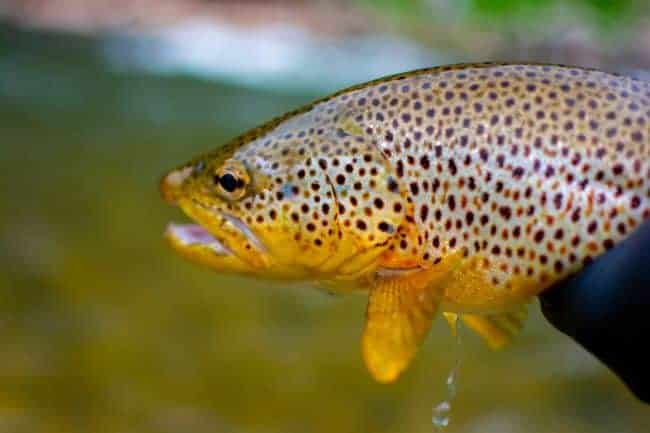
Yellowstone Fishing Guides
When visiting Yellowstone National Park, if you are unfamiliar with the waters of the Madison or any of the other fishing waters, I would strongly suggest hiring a guide for a day.
There are also many experienced fishing guides and outfitters in the area who can provide valuable advice and assistance for those who are new to the sport or unfamiliar with the local fishing conditions. They can help you select the right flies and equipment, teach you casting techniques. These guides will get you into productive waters that can produce fish quickly. There are many guides that have exclusive access to the park.
- Angler’s West Fly-fishing Outfitters: 406–333–4401
- Arrick’s Fishing Flies: 406–646–7290
- Flying Pig Rafting Company: 406–848–7510
- Montana Angler Fly-fishing: 406–522–9854
- Madison River Outfitters: 406–646–9644
- Yellowstone Angler: 406–222–7130
- Yellowstone Fishing Guides: 406–640–1603

Best Guide Service-Arrick’s Fly Shop, West Yellowstone
We made the run to West Yellowstone from Old Faithful today to meet our fly-fishing guide, Zach, at Arrick’s Fly shop. A 32 minute drive in heavy rain, the temperature is around 34 degrees today. We arrive with about 15 minutes to spare. We are experienced at bass fishing, however, this was our first time fly-fishing. Fly-fishing is very different. Arrick’s offers wade or drift boat guided trips either half or full day. The rivers include Madison, Firehole, Gallatin, Lamar, and Yellowstone Rivers, and Slough Creek and other small streams. For the quoted trip price, Arrick provides all required gear, including flies. Unlike most outfitters in the area, Arrick’s does NOT charge you for flies used. This is unusual in the industry, kudos to them!

First, let me say that the service at the Arricks is superb. Everyone in the shop was enthusiastic and helpful in getting us outfitted. Arrick’s fly shop features an impressive selection of quality fly-fishing tackle, custom flies, and rugged outdoor clothing. This required we purchase only a Montana fishing license for two days. Yellowstone NP requires that you purchase a separate fishing license. You can buy a 3-day, 7-day or annual fishing license depending on your needs for $18, $25 and $40, respectively.

Getting To Our Section on the Madison River
Because of the high river temperatures in the Firehole River, our guide decided that the fishing would be better on the Madison just below Hebgen Lake. After getting our fishing licenses, Zach started our drive towards Hebgen Lake via Hwy 191. Highway 287 follows alongside Hebgen Lake all the way to the dam. Below the dam, the waters of the Madison move swift and clear. We stop to fish at a pullout directly below Campfire Lodge. Today the weather is cool and rainy, but it does not deter us from enjoying the day.

Today’s Fishing Equipment on the Madison River in Yellowstone
The waters of the Madison are cold in June, but they provide excellent fishing at any time of the year. Having a good pair of chest waders and wading boots with wool socks will keep your feet comfortable for the entire day. Our gear included a Redington Crosswater 9-foot 5-wt fly rod with a floating line with a 5X tippet. It is advisable to bring a rain jacket, wide-brimmed hat, and sunglasses for eye protection when casting.
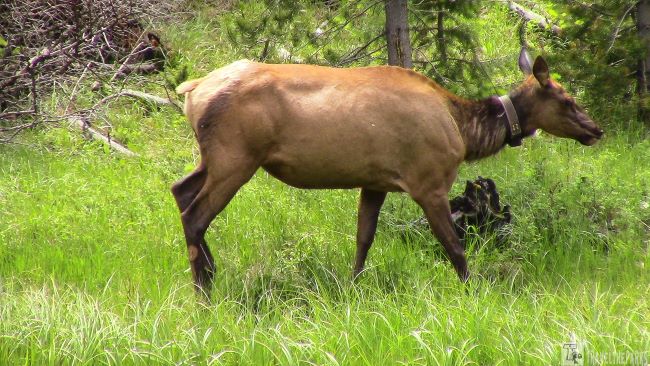
Best Flies on the Madison River
The best flies to use on the Madison in June are:

- X-Caddis Tan – sizes 12-26 – is a Madison River classic dry fly pattern.
- Chubby Chernobyl – sizes 4-10
- Henry’s Fork Salmon fly – size 8
- Parachute Adams (PMD)- sizes 10-16
- Rogue Foam StoneFly – size 6-8
- Coffee rubber legs – size 6
- San Juan Worm in red or pink–can be your dropper
- Olive Serendipities #16 is also good droppers
Zach is very talented and spent several years in Alaska before coming to Montana. Even though we felt awkward learning a new skill, he made us feel relaxed and our confidence built throughout the day. His instructions and guidance on fly-fishing techniques, such as mending and hook setting, were given in a kind and positive manner. On the water, he was a total pro at spotting good pocket locations where the fish would be lurking. He would call out where to cast and, since I was a beginner, what to do in order to make the best presentation for the fish.

Fishing on the Madison River
Zach made fly-fishing seem so easy, and within minutes Barry had his first fish. It was a mountain whitefish about 12-inch long. Madison rainbows and browns in the 15-18 class are caught in this section of the river. I had lots of bites but was having trouble setting the hook, since setting the hook is very different for trout than with bass. Zach told me to set the hook like it was a bass. The next fish I did not miss. Barry was way ahead with a nice Rainbow Trout, approximately 14 inches in size. The wind was up, so Zach tied on a dry stonefly imitation #4. The plan was to see if this would produce better bites.
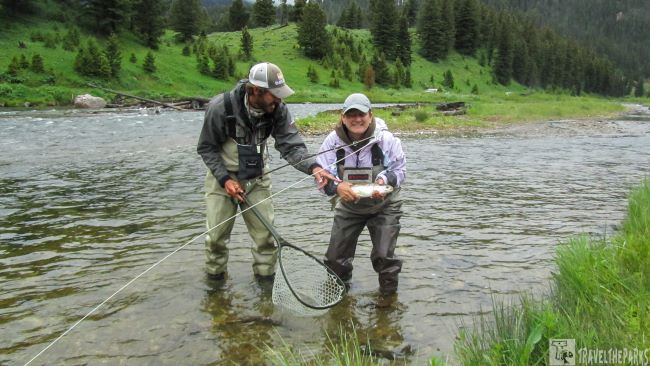
PRO Tip Bears are highly active along this trail. Be bear aware, carry bear spray or travel in a group. Our guide carried bear spray on this trip.
Zach moved us across the stream to a really nice riffle. First cast BANG! a nice rainbow takes me into the rapids. I could net him after a brief fight; it measured close to 14 inches. We continued to catch mountain whitefish of various sizes. I was lucky enough to get a triple with a really nice Brown Trout.

It’s obvious Zach is passionate about fly-fishing and his concern for the environment and well-being of the fish was truly impressive. Sadly, we only booked a half-day trip; a full day fishing would have been nice, although I was very chilled from the cold weather. The Madison is a beautiful river and a wonderful fishery. Arrick’s, regardless of whether you are an experienced fly fisher or a novice like me seeking a bucket list type experience, they are by far the best guide service in Yellowstone.
Lunch at Madison River Picnic Area
We drove back to West Yellowstone, looked at a few souvenir stores before heading back into the park. The weather was clearing. We stopped at the Madison River Picnic Area to have lunch. We watched Elk on the opposite shoreline-munching on grass. This day was extremely serene.
Side Trip the Gibbon River-Yellowstone NP
Fly-fishing the Gibbon River-The Gibbon River starts out from Grebe Lake on a plateau as a tiny freestone stream that flows into Wolf Lake. the stream increases its speed below Wolf Lake with increasingly steeper gradients. It eventually flows into the Virginia Meadows. It flows over the Virginia Cascades near the Virginia meadows Created by a steep 60 foot drop as the river makes its way into the Norris Meadows. The upper end of the river has some rainbow trout, the lower end of the stream prior to reaching Norris Meadows contains lots of small brook trout.
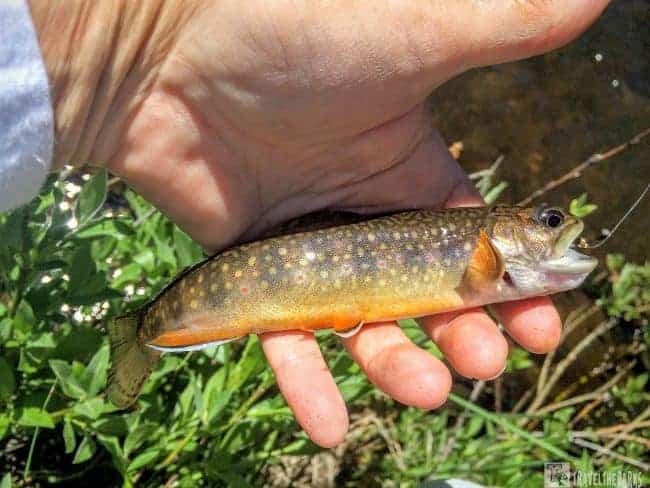
Recently, the park has taken to eliminating the nonnative brook trout in order to restore native cutthroat trout populations. We stopped just above the cascades to fish. We caught small brook trout for approximately 2-hours on lite fly gear. It was fun to catch the smaller 6-8 inch trout and practice our presentation on the fly. This is a good place for kids to take a few brookies from the stream. Since they are nonnative, we must harvest them.
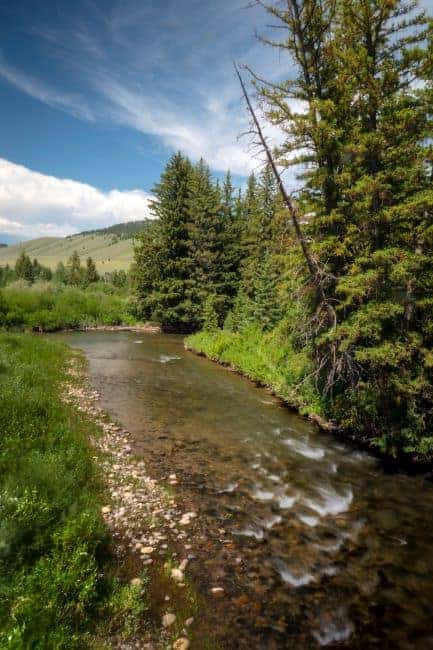
Photo U.S. Department of Agriculture
Final Thoughts On Fly Fishing the Madison River in Yellowstone
Fly fishing the Madison River in Yellowstone National Park was a memorable and rewarding experience for us. It can be gratifying for many who love the sport and appreciate the beauty of the great outdoors. The clear cold waters fish reminded me of Glacier National Park, Big Thompson in Rocky Mountains and the Alaskan Rivers we have previously fished.
Fly-fishing has a certain allure to it. There is truly something magical about walking the rivers and streams in search of trout that makes us happy. Eagles soaring overhead and the ominous pending threat of a grizzly around each bend! Watching fish rise as the caddis hatch. One of them hitting your dry fly and starting the battle to come! Landing that fish gives a sense of accomplishment and brings a huge grin to your face.
If you have fished in Yellowstone, what was your favorite moment? Tell us your story in the comments below.

